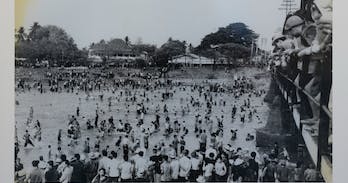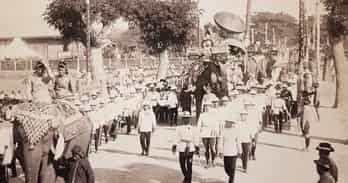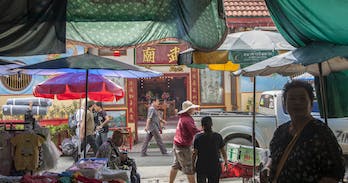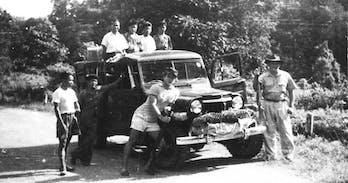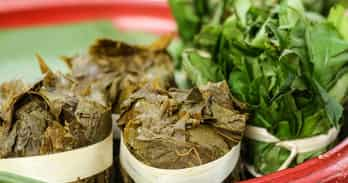Much of Chiang Mai’s history remained shrouded in a blanket of mystery due to a lack of records. Being in a tropical climate with buildings made of wood meant that there were few archaeological remains to decipher. However, recent excavations are shedding some new insight and clarity on the early days of the seven-century kingdom. Some ancient palm leaf manuscripts have survived, one even dating over five centuries, though they are mostly Buddhist prayers and offer little historical insight.
So historians rely on ceramics, currency and sherds as well as insight from the annals, anecdotes and evidence from surrounding civilisations in China, Burma, Cambodia and Laos.
The current push to list Chiang Mai as a UNESCO World Heritage City has changed everything. As part of the listing process, reams of research had to be conducted by dozens of experts in a variety of fields which has shed more light on Chiang Mai’s past. It is now accepted that Chiang Mai was built as a northern fort city to potentially stop the southern invasion from the Mongols in the 13th century. Chinese garrison towns inspired the city’s square moat design while the sophisticated irrigation system has all the hallmarks of Khmer irrigation expertise.
In the 18th and 19th century, Chiang Mai underwent a spectacular renaissance as it received untold wealth from the British government to whom it sold teak to make ship masts. The proceeds were invested into the construction of the gilded gold temples liberally dotted across the city today.
Much of this information has only been discovered in the past few years which makes it an exciting time to be a historian in Chiang Mai as these new findings will change much of the previously conceived narrative associated with the city.
Lovers of history can visit the National Museum or many the other large and small museums, nationally and privately run, throughout Chiang Mai. There are historical sites to be discovered on nearly every street corner.

